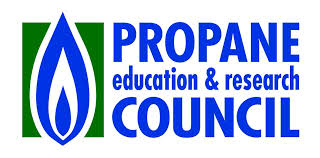Friday, January 8, 2016
Leaders of the American Trucking Associations (ATA) are praising the U.S. House and Senate for coming together on a long-term highway funding bill that advances the cause of trucking safety and efficiency. Signed into law by President Obama Dec.


